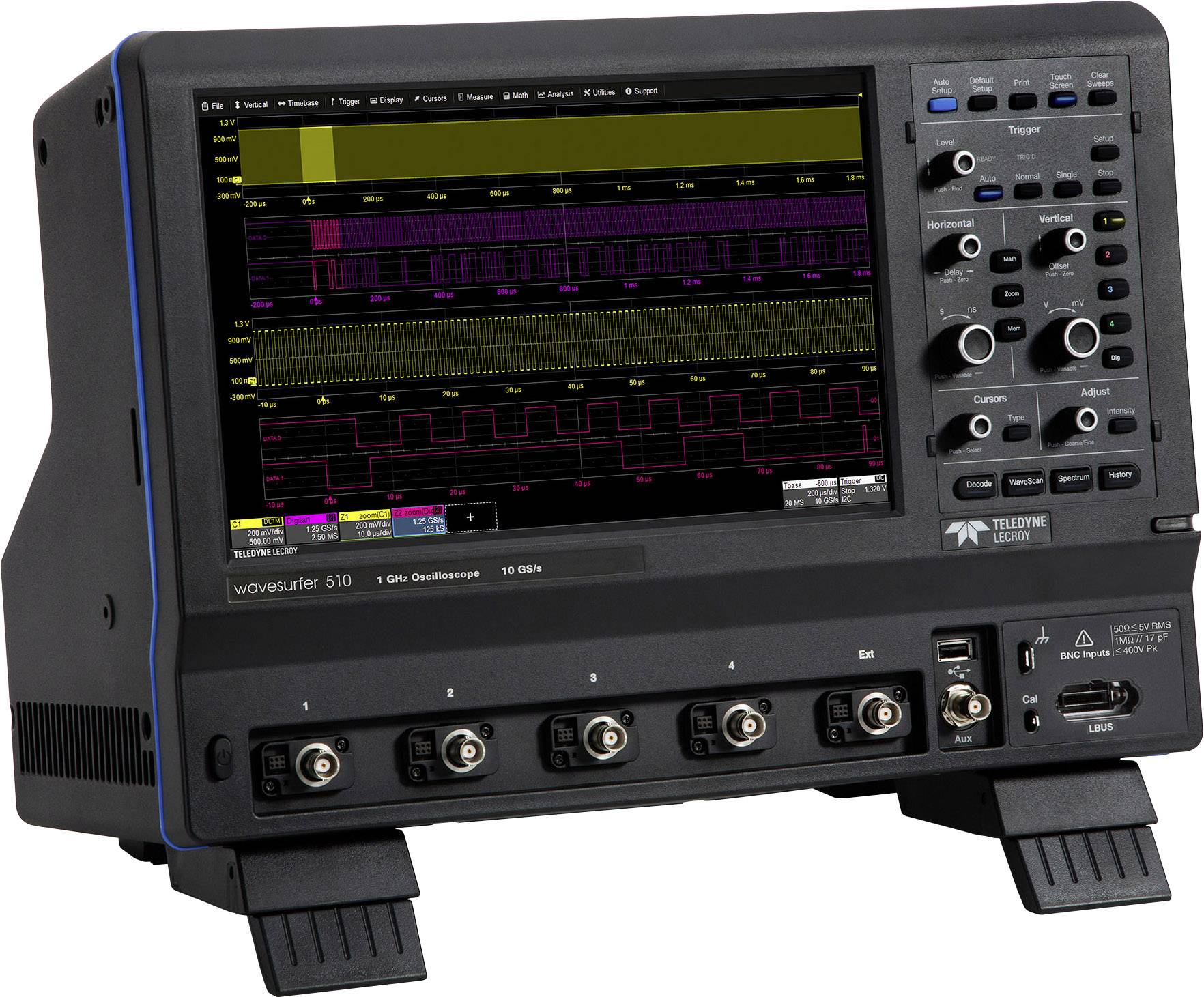

Although the centroid of the article was on the circadian rhythms of the lightdark cycle (especially the circadian action factors and efficiency of some certain luminaires) some attention was drawn to several problems, which cannot be dismissed related to this article’s topic: The modern lighting design practice is devoted to the effects of lighting on the (indoor) workplace and environment itself, rather than the visual effects and health impact on human beings.

published an introduction to discoveries considering photobiology in 2011. The possible human health risks from mercury exposure from broken CFL has been investigated (Nance et al., 2011) – the results show that exposure to a broken CFL, even if the broken lamp is not cleaned up immediately and the room is poorly ventilated, then a health risk is unlikely although the lamp’s inner surface’s vapour release rate is greater than the release rate in case of a single drop of liquid mercury (Johnson et al., 2008) due to the large area of surface where the mercury is adsorbed onto. Also a widely known problem considering FLs is the need to use mercury in them, which is a considerable chemical hazard, from an environmental viewpoint (Aman et al., 2013).
#Lecroy wavesurfer oscilloscope 42xs full#
The former needs too much electrical power to create suitable lighting conditions and the latter has a spectrum that really is not suitable for excellent colour rendering (because of consisting of only some wavelengths instead of representing the full spectrum). The importance of the research emerges from the need to find a substitute luminaire to both IL and CFL. Types of LED lamps were investigated – the ones that were possible to purchase from vendors in Tallinn, Estonia. The experiments described in this article were carried out in the beginning of year 2012, therefore only a few different The world of LED lamps is developing rapidly. To create white light with LEDs two different approaches have been developed: a) use of multiple primary-colour LEDs (red, green and blue, the RGB) b) use of blue or ultraviolet LEDs in combination with wavelength down-converting phosphor (Mirhosseini et al., 2009). To avoid the decrease of the emitted luminous flux it is most important to lead the created heat away from the recombination area where the pnjunction takes place. During the creation of light, some heat is also created. Because of the recombination of the excited charge carriers in the crystal, the light is emitted. The general principle allowing such transformation is usage of semiconductor crystals that have been excited by the influence of electric current. LEDs are electronic devices that transform electricity to visible light. One of the alternatives is light emitting diode (LED) lamps that might prove to be a better alternative than compact fluorescent lamp (CFL). INTRODUCTION Usage of incandescent lamps (IL) has been limited, alternatives have been sought. Key words: LED lamps, working temperature of luminaires, illuminance, working power of luminaires, spectrum of light, flickering of light, occupational health, colour rendering index. Conclusions were also drawn considering the influence of such light on people exposed to it. The purpose of the research was to draw conclusions concerning the hypothesis, that by replacing a 60 W incandescent lamp (IL) with a fitting LED lamp, the lamp that uses less electrical power is equivalent to the previously popular IL by the spectral properties as well as the produced illuminance. According to the results of flickering, frequency and the modulation index of the flickering were calculated. Several methods were used to determine parameters such as: working temperature of luminaires, illuminance, working power, the spectrum of created light, the flicker produced. The lamps investigated were the only ones fitting the definition and possible to purchase from vendors in Tallinn, Estonia in the beginning of year 2012, when the experiments were carried out. Four different LED lamps were investigated, all of them defined (by vendors and/or manufacturers) fitting to replace a 60 W incandescent lamp. The current paper describes the results obtained during several experiments in Tallinn University and Tallinn University of Technology considering the parameters of light emitting diode (LED) lamps. Paju Tallinn University of Technology, Ehitajate 5, EE19086 Tallinn, Estonia e-mail: Abstract. Research of parameters of light emitting diode lamps and their suitability for lighting of working areas J.


 0 kommentar(er)
0 kommentar(er)
